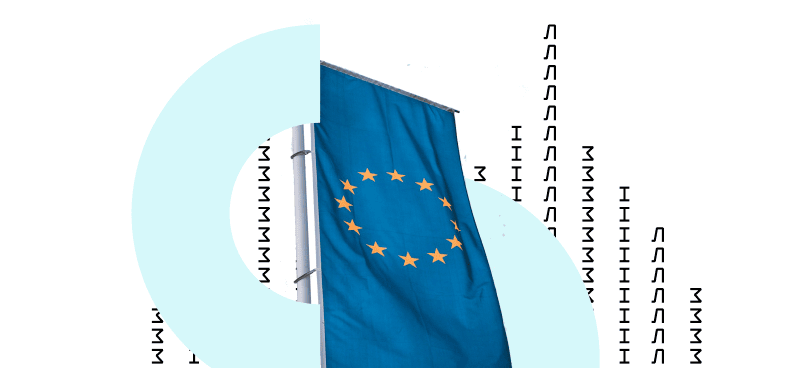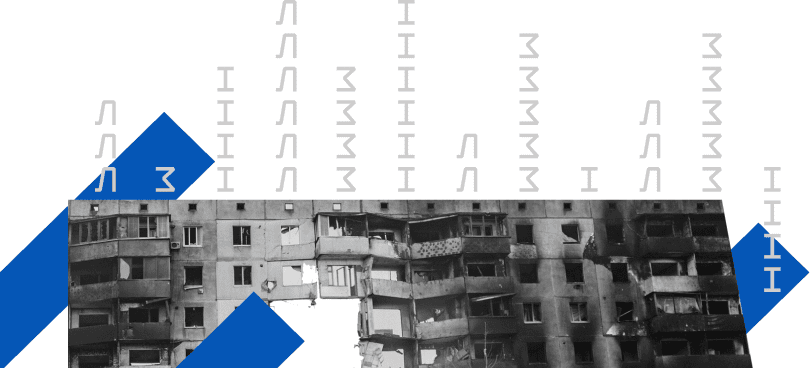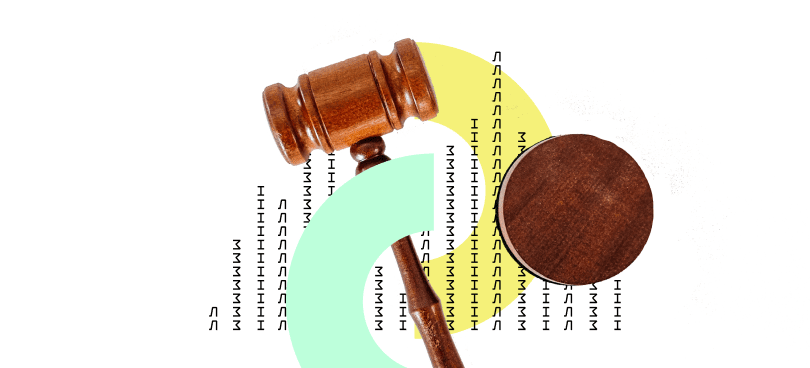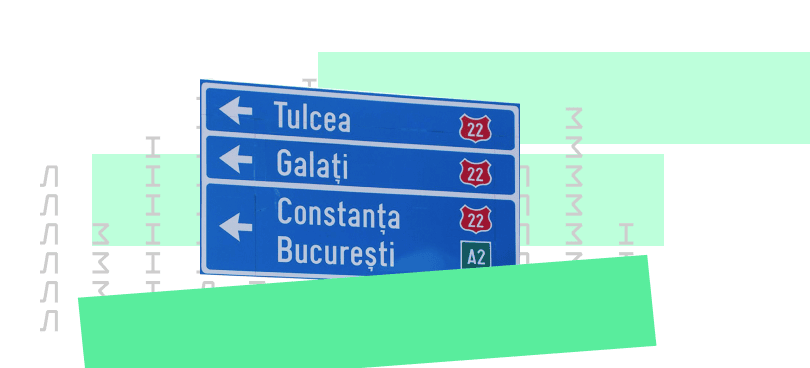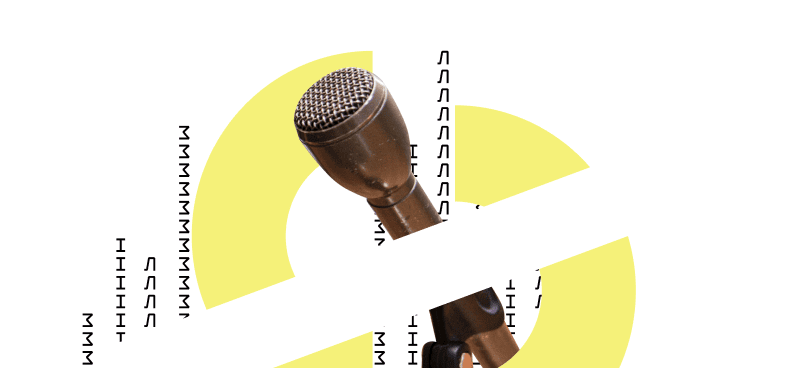The military aggression of the Russian Federation, which began in 2014 and expanded in 2022, has caused catastrophic consequences for Ukraine, such as human casualties, large-scale destruction, temporary occupation of part of the territory, mass migration, etc.
According to experts, as of June 2023, since the beginning of the full-scale Russian military invasion, the total amount of direct documented damage to Ukraine’s infrastructure is estimated at $150.5 billion (at replacement cost). The largest share of the total direct losses is the loss of housing stock — $55.9 billion, including approximately $1 billion in losses from flooding and destruction of residential buildings as a result of the hydroelectric power station explosion. The most damaged housing stock was found in the cities of Mariupol, Kharkiv, Chernihiv, Sievierodonetsk, Rubizhne, Bakhmut, Maryinka, Lysychansk, Popasna, Izyum and Volnovakha. For example, according to preliminary estimates, 90% of the housing stock in Sievierodonetsk was damaged, while cities such as Bakhmut and Maryinka have almost no buildings left intact. Business asset losses are estimated at $11.4 billion and are still growing. Education is also one of the most affected sectors, with direct documented losses from the destruction of educational institutions amounting to $9.7 billion. In total, almost 3,400 educational institutions have been damaged as a result of the hostilities1.
In addition to the destruction of infrastructure, the war has led to mass migration of Ukrainians. According to the UN, the number of refugees from Ukraine registered for Temporary Protection or similar national protection schemes in Europe reached 5 million 8.34 thousand as of August 2023. Part of the territory of Ukraine is still under temporary occupation. According to the Ministry of Reintegration of the Temporarily Occupied Territories, as of August 2023, the Autonomous Republic of Crimea, parts of Donetsk, Zaporizhzhia, Luhansk, Mykolaiv, Kharkiv, and Kherson regions are still temporarily occupied by Russia.
The purpose of the study is to summarise the recovery needs of the de-occupied communities and to develop recommendations for state authorities and local self-government bodies on how to organise the recovery process in the context of the ongoing war. To achieve this goal, on the one hand, the state policies on the restoration of territories (2014-2023) were analysed. Possible shortcomings of previous practices and legal gaps can be considered in the development of current policies and the implementation of modern approaches to the restoration of de-occupied communities. However, it is important to note that after Russia’s full-scale invasion, the level of damage is higher, and the demographic situation is more critical. On the other hand, interviews were conducted with representatives of the authorities (state and local), experts and civil society organisations (from Donetsk and Luhansk oblasts). To understand the context of the study and interpret the results, it is necessary to make a categorical clarification. In our study, the term “restoration of territorial communities” is the most commonly used. We use the term “recovery policy” to describe the recovery system as a policy measure.
The report consists of several parts. The first section, “Overview of the State Policy on Recovery and Reintegration 2014-2021”, analyses the peculiarities of the coordination processes of recovery, as well as the content of the legal acts adopted during 2014-2021, i.e. before the full-scale Russian invasion. The second section, “Analysis of the practices of restoring the de-occupied territories in 2014-2021”, contains information on how the restoration policy measures were implemented in Donetsk and Luhansk regions, as well as the problems faced by local authorities in the process of restoring the territories. The third section, “Overview of the State Policy on the Recovery of Ukrainian Communities after the Full-scale Invasion”, provides information on the existing regulations and a brief overview thereof. The fourth section, “Practices of Recovering De-occupied Communities after a Full-Scale Invasion”, provides information on the processes of recovery of de-occupied communities in Ukraine and the challenges they face.
This study was conducted within the framework of the EU-funded project “Civil Society for Ukraine›s Post-War Recovery and EU Readiness”.
The findings of this report are the exclusive responsibility of the NGO “Agency for Legislative Initiatives» and do not necessarily represent the position of the European Union.


